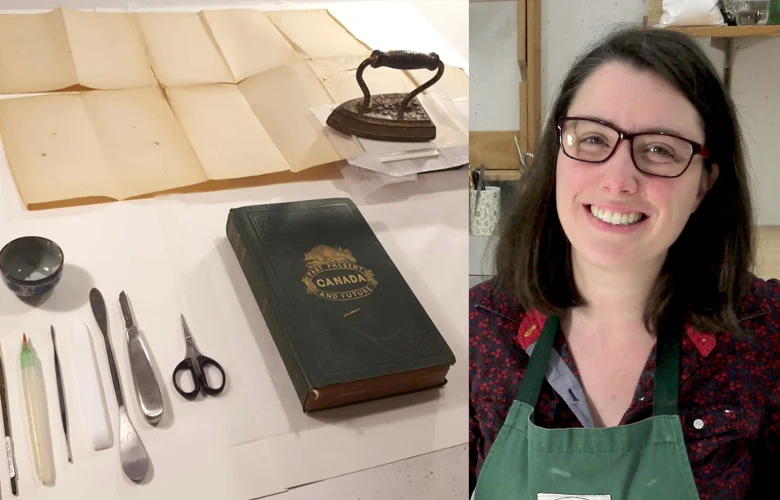Archival materials arrive at our conservation studio needing anything from a few minor paper repairs to full scale cleaning. As much as we love the dramatic treatments, it's also nice to see items that just need a little TLC and custom framing in order to appear to their best advantage.
The large illustrated newspaper sheet in raking light, showing vertical ripples.
This 1918 newspaper sheet from the Montreal Telegraph is a perfect example. The page is a rare item showing North American Polish army recruits training at a camp at Niagara-on-the-Lake, Ontario, Canada, in preparation for fighting in WWI. The piece is to be displayed next fall at the Niagara Historical Society Museum's exhibition Kosciuszko Camp: The Polish Army at Niagara Camp, 1917-1919, opening in November 2017.
The page was in fairly good condition, but had a few small tears around the edges and was lightly rippled from being stored folded. The owner also wanted it framed for display in the exhibition, but with an option for long-term flat storage at the Museum after the exhibition ends.
Repairing a tear in the margin with wheat starch paste and Japanese tissue.
The minor treatment included repairing the small tears in the margins with wheat starch paste and Japanese tissue, and humidifying and flattening the sheet overall to eliminate the rippling.
The piece was then custom framed for display in acid-free materials and behind Conservation Clear® UV filtering glass. An acid-free folder was included in the frame package for safe, flat storage once the piece is removed from the frame.
Applying a Japanese tissue hinge to the artwork, part of the framing process.
Proper framing is an important consideration for works of art on paper. Poor framing materials and methods are often the cause of serious damage that conservators are tasked with undoing, such as mat burn or discolouration caused by acidic mats and backer boards, or staining and brittleness from poor quality tape hinges attached to the piece.
At BPCS we always use custom Japanese tissue hinges adhered to the artwork with wheat starch paste when framing works on paper. These hinges are stable and reversible and do not cause any damage to artworks, unlike many commercial framing tapes and adhesives. This is the safest method for mounting paper, and ensures that 20 or 100 years from now, when the artwork is next removed from its frame, there will be no unexpected staining or brittleness as we often find in artworks framed throughout the 20th century.
The finished piece, framed for display.
The owner chose a simple black wooden frame from our samples and a black mat to offset and highlight the black and white images. The result is a striking piece which will grab viewers' attention in the exhibition, as well as ensuring the safety of this rare piece.
If you are in the area, check out the Niagara Historical Society Museum in Niagara-on-the-Lake, Ontario, and watch for this piece in next fall's exhibition!
Do you have an old newspaper article or other archival items you'd like to display? Contact us to discuss conservation and framing of your piece, or check out our services to see what we offer.

















